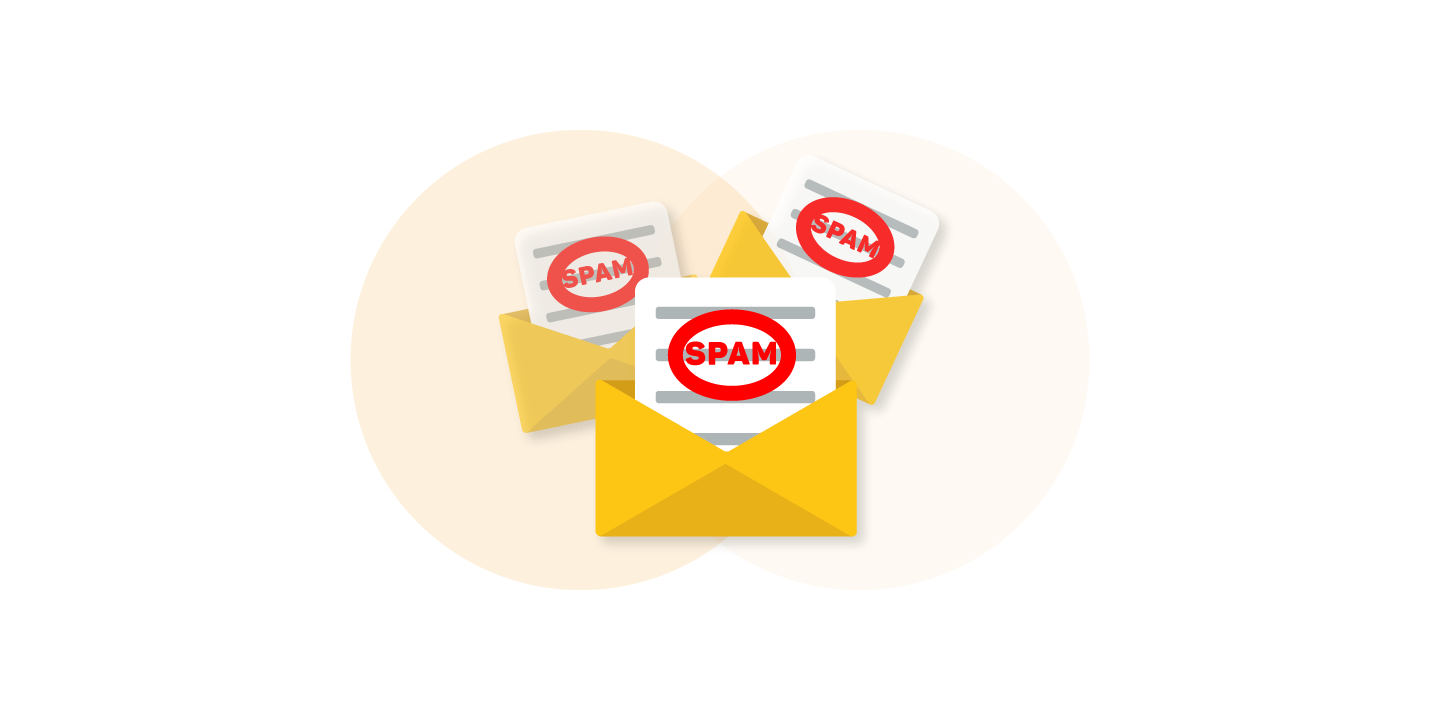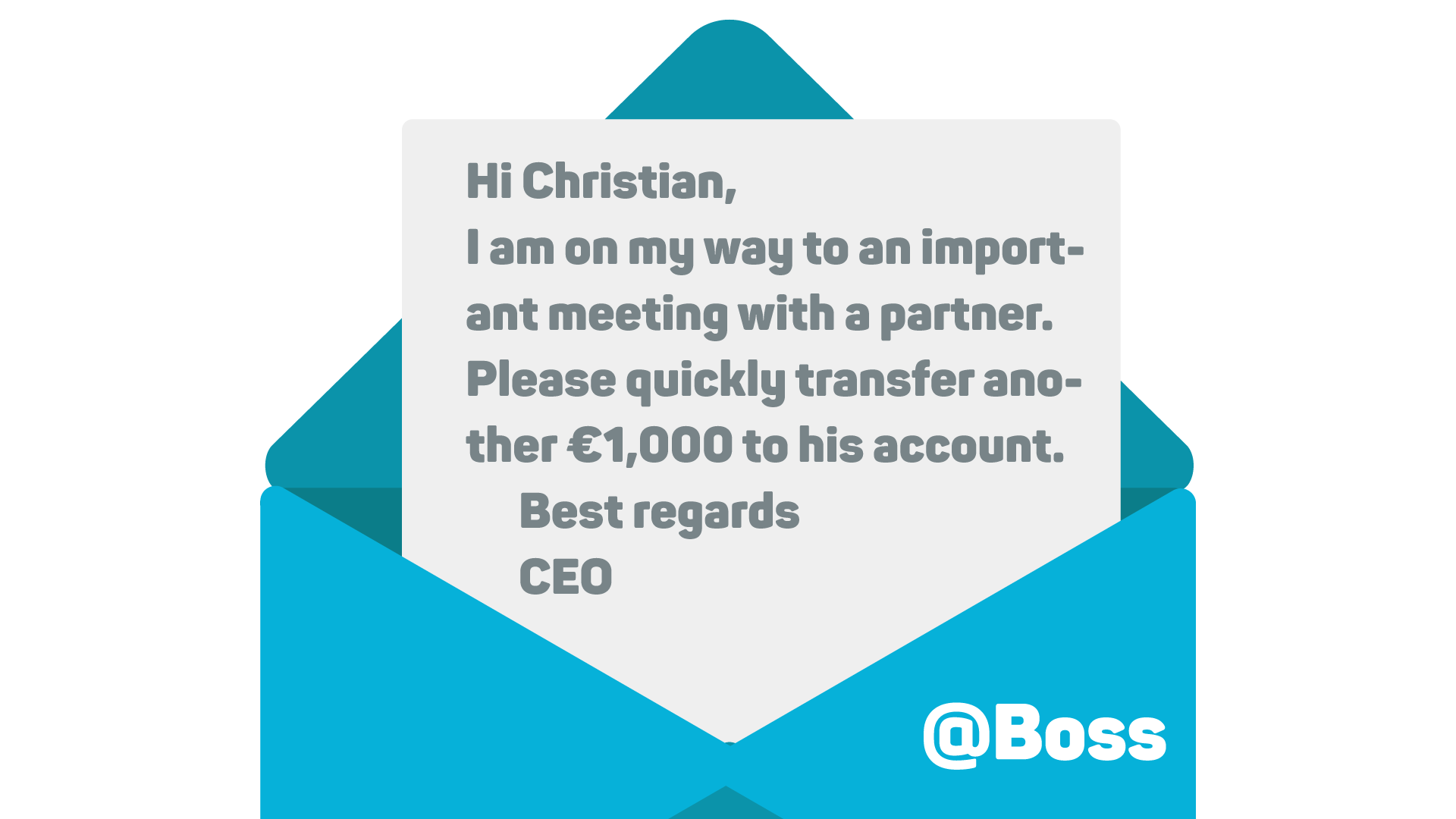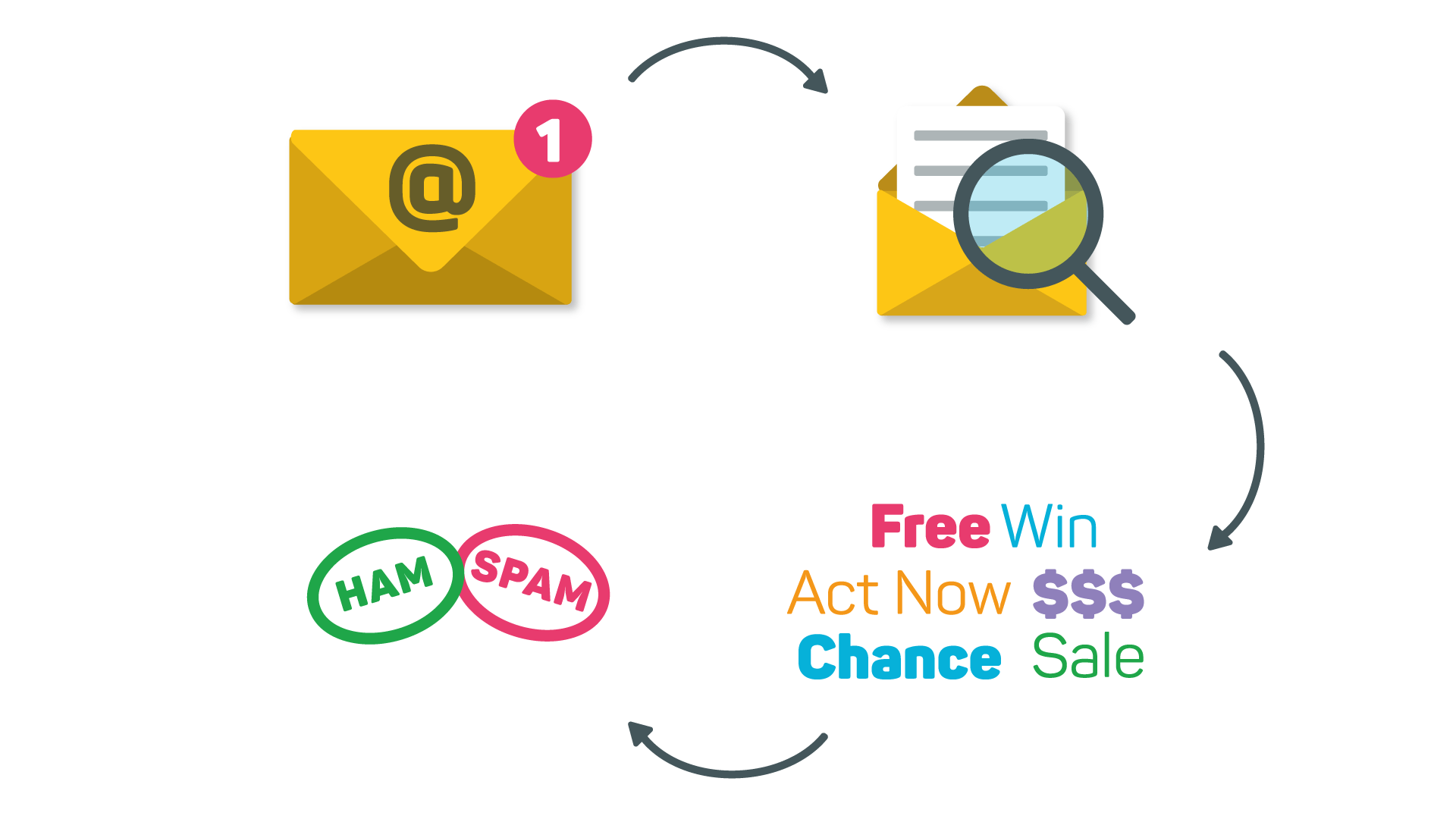How much spam hurts the economy
And how to better protect your company from it.

Spam has long been a nuisance for Internet users worldwide. Spam is annoying. Beyond just being a nuisance, however, many overlook how much spam hurts businesses and therefore the economy. The effects range from lost productivity to financial damage.
Reason enough to take a closer look at the topic. In this article, we will look at the following questions:
- How high is the economic damage caused by spam and phishing?
- How is spam used for phishing attacks and social engineering?
- How can smart software protect against spam?
- How does SpamAssassin's Bayesian filter work?
- How much can we save by using Exchange Server Toolbox?
How high is the economic damage caused by spam and phishing?
According to a study by the German Association for Information Technology, Telecommunications and New Media (Bitkom) in 2022, companies in Germany incurred over 10 billion euros in damages as a result of extortion with stolen or encrypted data. One significant attack vector is email.
In addition, immense damage results from lost productivity and wasted resources when processing spam emails. This is because spam accounted for over 45% of the global email traffic in 2021.
The financial burden of spam on companies is therefore immense. Spam not only demands the attention of employees, but also resources such as storage space, bandwidth and computing power. Companies need to make additional investments to expand their infrastructure and cope with the increasing volume of spam.
You might think that the few minutes you spend reading and deleting spam hardly matter. But is that really true? Let's do a quick thought experiment:
Let's assume you are a small to medium sized company with 45 employees. Your employees recognize spam quickly and effectively and need only 5 minutes a day to recognize and delete such emails. So far, so good.
Let's now assume average wage costs of around €30 per hour and around 200 working days per employee per year. In this case, just removing spam from the mailbox costs you €22,500 per year, and that's with only 5 minutes of spam processing per day.
These are only the costs incurred for processing spam. The costs incurred if employees fall for phishing attempts would be significantly higher.
How is spam used for phishing attacks and social engineering?
Spam not only consumes resources, but often serves as a vehicle for phishing and social engineering attacks on your organization. This refers to fake emails from criminals who try to obtain sensitive information.
For example, they pretend to be the CEO and contact employees to ask them to transfer a sum of money to a certain account. A well-written scam email, combined with the daily stress of work, can also cause particularly attentive employees to fall for them.
Especially in combination with a successful ransomware attack, such an attack can lead to significant financial damage for your company.
Ransomware attacks refer to attacks where criminals gain access to your network, encrypt data, and demand a ransom to decrypt the data. Currently, the threat level from such cyber attacks is unfortunately particularly high.
How can smart software protect against spam?
The best solution, of course, is to prevent phishing emails and spam from reaching your employees in the first place!
That's easy to say, of course - but how can you ensure that?
Clever plugins for your email server can be the solution. Our Exchange Server Toolbox offers your company an effective solution to save time, money and nerves in the fight against spam.
The plugin for Microsoft Exchange Server comes with the integrated SpamAssassin, which is known as a powerful spam filter from the Linux world.
The Exchange Server Toolbox ensures that spam messages are automatically blocked before they reach your employees' mailboxes. This means less manual effort and more time for important work.
It is possible for your IT to set individual filtering rules to effectively block spam. It becomes even more effective if your employees help to train spam. All they have to do is mark the unwanted email in your Outlook mailbox - the integrated SpamAssassin and its so-called Bayes filter immediately starts analyzing the spam and adjusts its rules.
Read our tutorial to further improve your filtering.
How does the Bayes filter of SpamAssassin work?
So how exactly does SpamAssassin's spam detection work and is it reliable? Let's take a closer look at the method.
As already stated, SpamAssassin uses the Bayes filter as a method to effectively filter spam emails. The Bayes filter is based on the statistical concept of the Bayes theorem, which calculates the probability of an event based on previous experience.
SpamAssassin analyzes the content of an email and extracts certain features such as words, phrases and patterns. Based on these features, a probability is calculated whether the email is spam or not.
The Bayes filter uses two main categories: "Ham" (valid emails) and "Spam".
At the beginning, the Bayes filter is initialized with a training phase. Both spam and ham emails are used to collect statistical information about their contents. The filter learns which features are typical for spam or ham and how important these features are for the classification.
Once the Bayes filter is trained, it can analyze new emails and decide whether they are spam based on the probabilities. To do this, the filter calculates a spam probability for each email based on the statistical information collected. If the calculated probability exceeds a certain threshold, the email is marked as spam.
The advantage of the Bayes filter is that it can continuously adapt to new spam patterns. As SpamAssassin identifies new spam characteristics, the filter can update its probability calculations accordingly and become more effective at detecting spam.
How much can we save by using Exchange Server Toolbox?
Now that was a lot of input about our mail server plugin. But how can the Exchange Server Toolbox effectively contribute to your cost savings? Let's go back to our example calculation from the beginning.
The cost of €22,500 per year just by processing spam emails may seem high, but it is quite realistic. If the spam filter of our Exchange Server Toolbox would only detect and filter about 80% of the spam, this would mean saving about €17,500 per year.
The price for the Exchange Server Toolbox license is already charged in this example. But the savings go even further: With rules for e-mail traffic that you can create in the Exchange Server Toolbox, you can further increase your productivity and automate processes.
Would you like to try the Exchange Server Toolbox for yourself? No problem - test it free of charge for 30 days.
Do you need help with the setup? We are happy to help! Just contact us for setup help or training on how to use Exchange Server Toolbox. We look forward to getting in touch with you!
Want to always stay up to date? Subscribe to our newsletter now!
Do you like what you've just read, have new ideas or feedback? Visit our contact form and let us know your thoughts!



